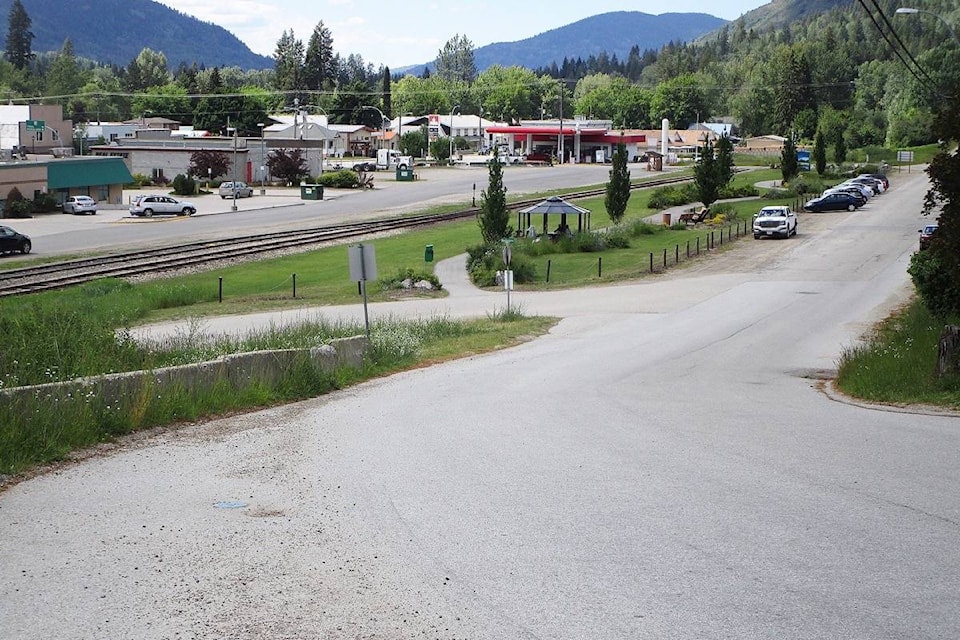Fruitvale is among the 18 B.C. communities that will benefit from BikeBC grants.
Last week the Ministry of Transportation and Infrastructure announced Fruitvale would receive almost $200,000 for a Davis Ave. pedestrian/cycling connector.
The BikeBC grant support green transportation options and encourage healthy, active lifestyles.
“Very exciting,” said Fruitvale Mayor Patricia Cecchini.
“The path is planned to span roughly from the Fruitvale boundary with Area A on Caughlin Road, past the Mountainside Village Seniors complex to the corner of Davis Ave and then down Davis Ave to Railway Park, which acts as a central hub to the downtown core.
“We plan on putting in the path, along with the road paving, starting mid August.”
Cecchini said the goal is to make the path accessible to pedestrians, cyclists and other mobility devices.
“The $190,000 from the province represents 75 per cent of the estimated costs, based on a 560-metre long multi-modal path, three meters wide, with some 30 driveway letdowns.”
While enhancing lifestyle in the community, BikeBC, the province’s cost-sharing program that helps communities build cycling projects, also promotes tourism cyclists to British Columbia.
Earlier this year, the province announced enhancements to BikeBC, to better support rural communities, and offer more flexibility in the kinds of projects eligible for funding.
“B.C. is a leader in North America when it comes to cycling infrastructure, and I’m pleased to see 18 more communities building a culture of cycling and encouraging healthy living,” said Claire Trevena, Minister of Transportation and Infrastructure. “I’m excited this year’s grant recipients represent diversity in the kinds of projects being built and the size of participating communities - both urban and rural.”
Cycling is on the rise in British Columbia, with the number of people who bike to work increasing by 64 per cent since 1996. Biking 10 kilometres to work each day can save up to 15,000 kilograms of greenhouse gas emissions each year.
“Cycling is a popular form of transportation and recreation, with 1.9 million B.C. residents riding a bike at least once a year,” said Richard Campbell, executive director of the British Columbia Cycling Coalition. “With 2.3 million British Columbians wanting to cycle more, these projects funded through BikeBC will help make communities safer, healthier and more affordable - in addition to helping B.C. realize its potential when it comes to cycling tourism, and the economic benefits that come with it.”
